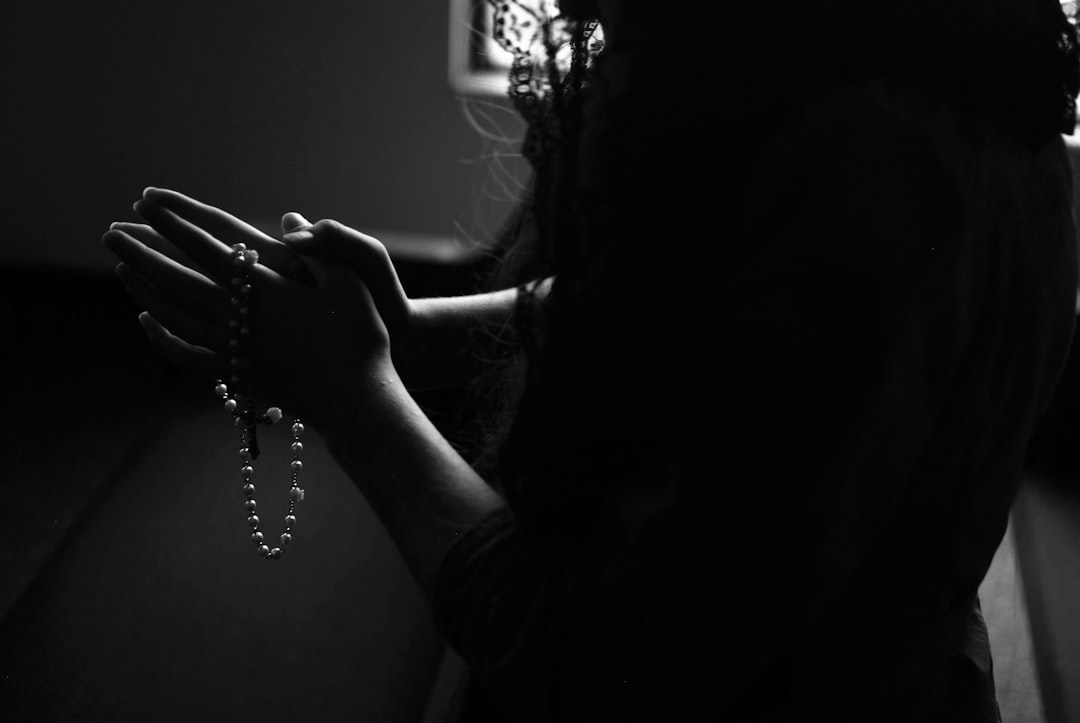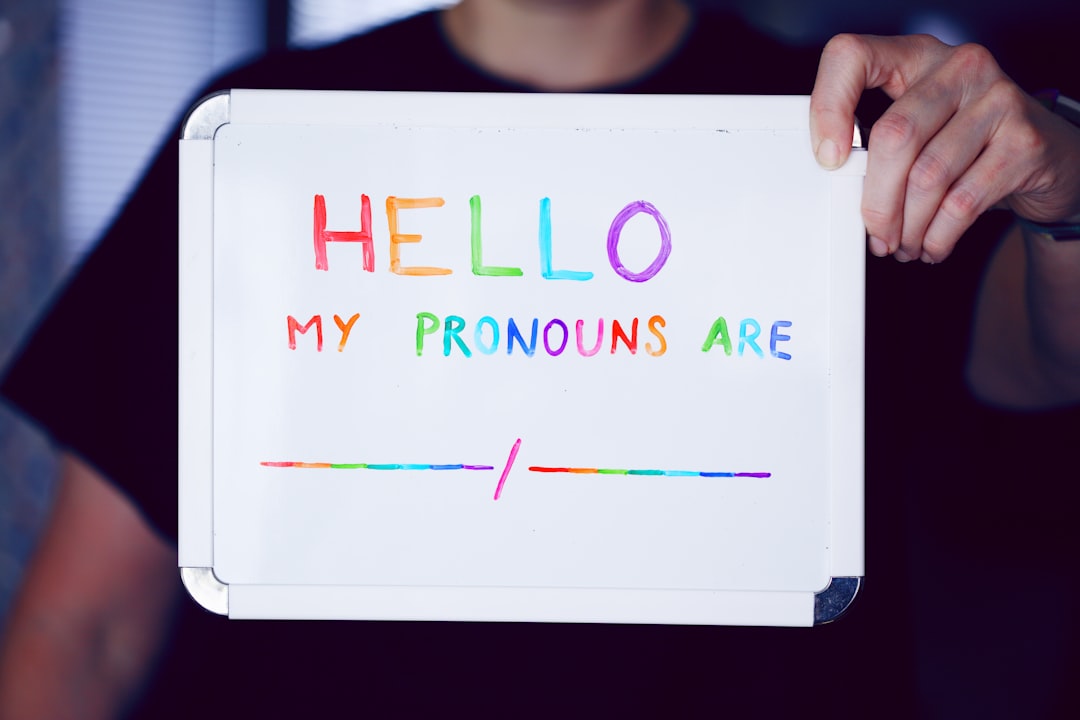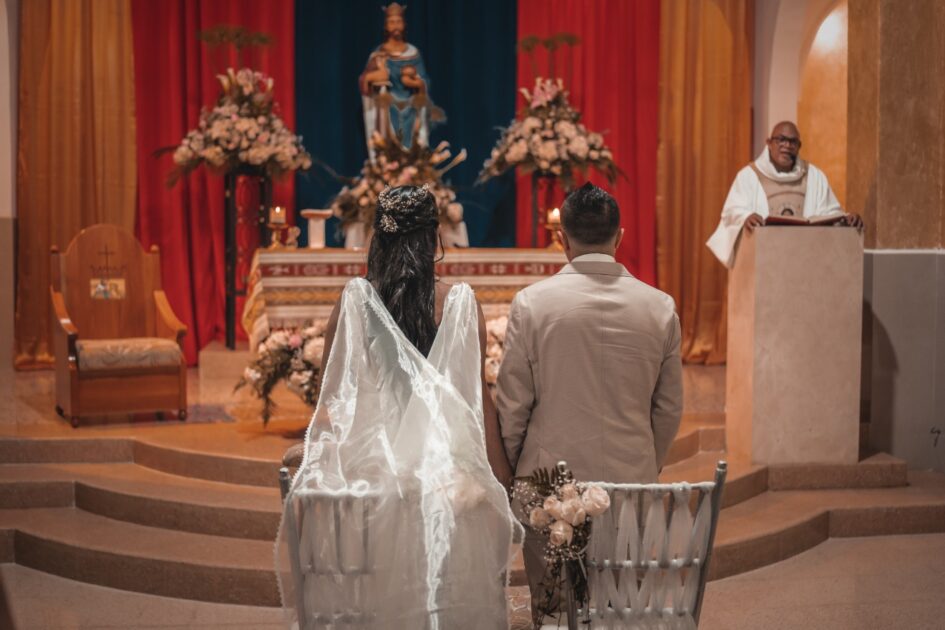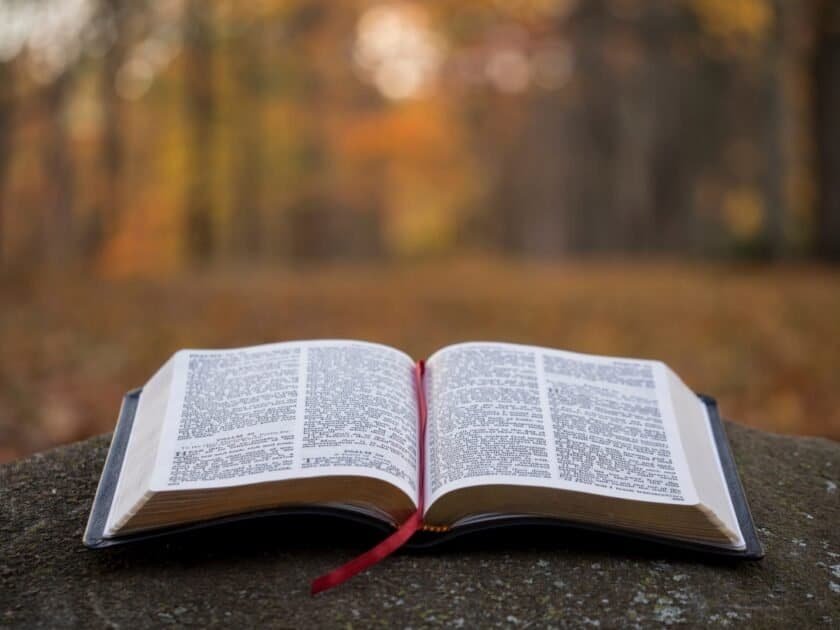Gender is an important issue that affects people in many areas of life, including religion. Many religious traditions have been criticized for their gender biases and stereotypes. In this article, we explore the relationship between gender identity and religion, asking a critical question: is God male or female? Read on to learn more about the role of gender in religion and how it has been historically viewed across different cultures.
Gender Stereotypes and Bias in Religion

Gender stereotypes are pervasive throughout society, and religion is no exception. Many religious traditions maintain specific gender roles and expectations that reflect broader societal norms. As a result, individuals who do not conform to these gender norms may experience marginalization within religious communities.
Religious gender stereotypes often reflect patriarchal values, with men seemingly occupying a higher status within religious hierarchies. For example, many religious texts refer to God using male pronouns and descriptors, reflecting a broader cultural bias toward male power and authority. This can create an implicit connection between maleness and divinity that is exclusionary for women and other genders.

This gender bias is often reflected in religious practices as well. Many religious rituals and traditions reinforce gender roles, such as women being responsible for childcare or men holding leadership positions. This can create an environment where individuals who do not fit within these gender roles may feel unwelcome or face discrimination.
While gender stereotypes and bias are common in many religious traditions, some religious communities are working to become more inclusive and gender-neutral. For example, feminist theology has emerged as a movement that seeks to challenge patriarchal structures and promote gender equality within religious traditions. This movement acknowledges the importance of gender diversity and works to create sacred spaces that are welcoming to all genders.
Despite the progress made by feminist theologians and other advocates, there is still much work to be done to address gender stereotypes and bias in religion. This includes challenging traditional gender roles and expectations, promoting gender diversity and inclusion within religious communities, and working to create more inclusive religious practices.
Key points to remember:
- Gender stereotypes and bias are pervasive in many religious traditions.
- These stereotypes often reflect broader societal norms and are reinforced by religious practices.
- Feminist theology seeks to challenge patriarchal structures and promote gender equality within religious traditions.
- There is still much work to be done to address gender stereotypes and promote inclusion within religious communities.
List of SEO keywords used:
- gender stereotypes in religion
- gender roles in religion
- religious gender stereotypes
- gender neutrality in religion
- feminist theology
- patriarchy in religion
- divine feminine
- divine masculine
- gender and spirituality
- gender bias in religion
- gender identity in religion
- women in religion
- men in religion
- gender and deity
- gender and mythology
- gender and creation stories
- gender and the afterlife
- male and female gods
- goddess worship
- mother goddess
- father god
- pantheon gender
- gender and worship
- gender and ethics in religion
- gender and sacred texts
- gender and morality in religion
- gender and power in religion
- gender and tradition in religion
- gender and spiritual practices
- gender and religious rituals.
The Divine Masculine and Feminine
Throughout history, many religions have ascribed gender roles to their deities, often portraying God or the gods in a masculine form. This has led to traditional gender stereotypes in many religious communities. However, a growing movement in spirituality seeks to acknowledge the divine feminine as equally important to the divine masculine.
The concept of the divine feminine can be seen in various religious and spiritual traditions, from the goddess worship of ancient civilizations to the idea of the Virgin Mary in Catholicism. The divine feminine is often associated with nurturing, intuition, and creativity, while the divine masculine is associated with strength, action, and logic.
However, some feminist theologians argue that these gender roles can be limiting and reinforce patriarchal structures within religious communities. They suggest that God should not be viewed as exclusively male or female, but rather as a gender-neutral entity. This approach emphasizes the importance of gender equality in religious practices, beliefs, and rituals.
Acknowledging and embracing the divine masculine and feminine is not just important for gender equality, but also for a holistic and balanced understanding of spirituality. Many spiritual practices seek to connect individuals with their inner masculine and feminine energies and utilize them for personal growth and development.

Overall, the concept of the divine masculine and feminine is a complex and multifaceted topic within religion and spirituality. While traditional gender roles have been perpetuated in many religious communities, some seek to explore and embrace the gender-neutral aspects of the divine.
Female and Male Gods in Different Cultures
Throughout history, religion has been intertwined with culture. The belief in a higher power or deity has been expressed in various forms, including female and male gods. Many cultures depict their deities as either male or female, and in some cases, they have both genders represented.
In Hinduism, for instance, gods and goddesses are worshiped. The goddess Kali is believed to be a fierce and powerful deity responsible for destruction and creation. Another example is the Hindu god Shiva, who is known as the god of destruction and is often depicted in a masculine form. Hinduism also suggests that the divine is beyond gender, but the deities themselves are usually gendered in artwork and stories to reflect cultural expectations.
In ancient Egypt, gods and goddesses were also worshiped. The goddess Isis was known as the goddess of fertility, motherhood, and magic, and she was often depicted as a nurturing, motherly figure. The god Osiris was revered as the god of the afterlife and was often associated with masculinity and fertility.
Likewise, in ancient Greece, gods and goddesses were an important part of mythology and religion. The goddess Athena was revered as the goddess of wisdom, war, and crafts, while the god Zeus was known as the king of the gods and was typically depicted as a powerful, masculine figure. Greek mythology also included other gods and goddesses, such as Artemis, the goddess of hunting and the moon.
In Christianity, God is typically referred to as a male figure, and is referred to as “He” in the Bible. However, some Christians argue that God has no gender and that referring to God as male is simply a reflection of patriarchal societal norms. Similarly, in Judaism, God is often referred to as a “He,” but some argue that God has no gender and that the use of masculine pronouns is customary. In Islam, God is often referred to as “He” as well.
« What Does the Bible Really Say About Self-Defense?
Breaking Down the Bible’s Perspective on Racism »
In conclusion, many cultures throughout history have depicted their deities as either male or female, or both. The gendered depictions of gods and goddesses often reflect societal expectations and norms within that culture. The representation of gender in religion is a complex topic, and one that varies greatly depending on culture, time, and interpretation.
Creation Stories and Gender Roles
Across different cultures and religions, creation stories provide a foundational basis for beliefs and practices. These stories often highlight the role of gender in the creation of the world and human beings. While some creation stories depict the world and its inhabitants as being created by both male and female deities, others cast gender roles in a more rigid and patriarchal way.
For example, in the Creation story of Adam and Eve in the Bible, God creates Adam first and then Eve from one of Adam’s ribs. This can be interpreted as suggesting that men were created first and are thus superior to women. However, other religious traditions have a more gender-neutral approach to creation. The Ancient Egyptian myth of Nut and Geb, for example, tells of a male deity, Geb, and a female deity, Nut, who separate the heavens and the earth to bring forth creation.
Gender roles in creation stories can also be seen in the depiction of the gods themselves. Many cultures have a pantheon of gods and goddesses whose gender roles reflect different aspects of creation or natural forces. For example, in Hinduism, the goddess Kali represents destruction and transformation, while the god Shiva represents creation and rebirth. In Norse mythology, Frigg is the goddess of love and fertility, while Odin is the god of wisdom and war.

One modern approach to this topic is feminist theology, which seeks to understand and promote gender equality and inclusivity within religious traditions. Many feminist theologians challenge traditional patriarchal interpretations of creation stories and other religious texts, and instead emphasize the importance of the divine feminine. They also advocate for inclusive language and practices that do not reinforce gender stereotypes.
Overall, creation stories provide a unique insight into the role of gender in different religious cultures. While some stories may reinforce gender stereotypes and patriarchal power structures, others offer a more fluid and inclusive approach to gender roles. By examining these stories with a critical eye and an open mind, we can better understand how gender identity is intertwined with spirituality and religion.
Gender and the Afterlife
Many religions have a belief in an afterlife, a place or state of existence beyond this life. But what is the role of gender in the afterlife according to various religious beliefs?
In some cultures and religions, the afterlife is described as a place where there are different areas for men and women. In ancient Greek mythology, for example, men went to the Elysian Fields while women were sent to the Asphodel Meadows. This highlights the idea of gender roles existing beyond our physical existence and how societal gender norms can still apply in the afterlife.

In Christianity, there is no separation of gender in the afterlife. The Bible teaches that God is neither male nor female and all souls are judged as individuals, not based on gender. Islam too emphasizes individual accountability, regardless of gender, and believes that heaven is a place where both men and women are rewarded equally for their good deeds on Earth.
Some religions and belief systems do acknowledge gender in their teachings about the afterlife. In Hinduism, for example, there is a belief of reincarnation based on one’s karma and dharma. According to this belief, the next life is determined by one’s past actions and how well they fulfill their duties in their current life. The gender of the soul in the next life is said to depend on these factors as well.
In Native American religions, the afterlife is often described as a place where souls are reunited with their ancestors and the spirits of their tribe. While there is no explicit gender distinction, there is an emphasis on the interconnectedness of all beings and the importance of balance between masculine and feminine energies.
Regardless of how gender is viewed in the afterlife, it is important to remember that religious teachings and beliefs are shaped by the cultural context in which they were formed. Gender roles and norms may be perpetuated through religion, but it is also important to critically examine and challenge these beliefs in order to create a more inclusive and equitable world.
List of potential keywords to incorporate:
- gender and afterlife
- gender roles in afterlife
- afterlife in different cultures
- gender in Christianity afterlife
- gender in Islam afterlife
- reincarnation and gender in afterlife
- Native American afterlife and gender
- masculine and feminine energies in afterlife
- gender and balance in afterlife
- religious teachings and gender norms
- challenging gender roles in religion
Feminist Theology and Gender in Religion

Feminist theology is a relatively new field that explores the intersection of gender and religion. Its primary focus is to identify and critique the patriarchal structures embedded in religious traditions and to foster the development of more gender-inclusive and egalitarian paradigms, practices, and liturgies.
Feminist theology emphasizes the importance of reclaiming the Divine Feminine, which has been suppressed and marginalized throughout history and in many religious traditions. It promotes the recognition of female images of the divine, such as the Goddess, the Mother, or the Shekhina, alongside male images, such as God, the Father, or the Logos. This recognition is believed to facilitate a more harmonious balance between masculine and feminine energies, a deeper appreciation of diversity in life and nature, and a greater sense of empowerment and inspiration for women and other marginalized groups.
Feminist theology also challenges the traditional concepts and practices related to gender, sexuality, and power in religion. It criticizes the patriarchal dominance of male religious leaders, male-centered liturgies, and male-prejudiced views of sexuality, reproduction, and family. Instead, it advocates for the inclusion of women at all levels of religious leadership, the incorporation of women’s experiences and perspectives into religious discourse, and the affirmation of diverse sexual orientations and gender expressions.
Furthermore, feminist theology critiques the patriarchal interpretations of sacred texts, such as the Bible, the Quran, or the Bhagavad Gita. It rejects the literalism, exclusivism, and violence promoted by some religious doctrines and reinterprets them in light of feminist and liberative principles. For example, it may highlight the stories of women in the Bible who defied gender norms and societal expectations, such as Mary Magdalene or the Syrophoenician woman, and analyze their agency and spirituality from a feminist perspective.
Overall, feminist theology offers a transformative and critical lens through which to analyze and reshape gender and religion. While some religious institutions may resist or dismiss its insights, many women and men have found in it a liberating and empowering source of spirituality and social change.


















